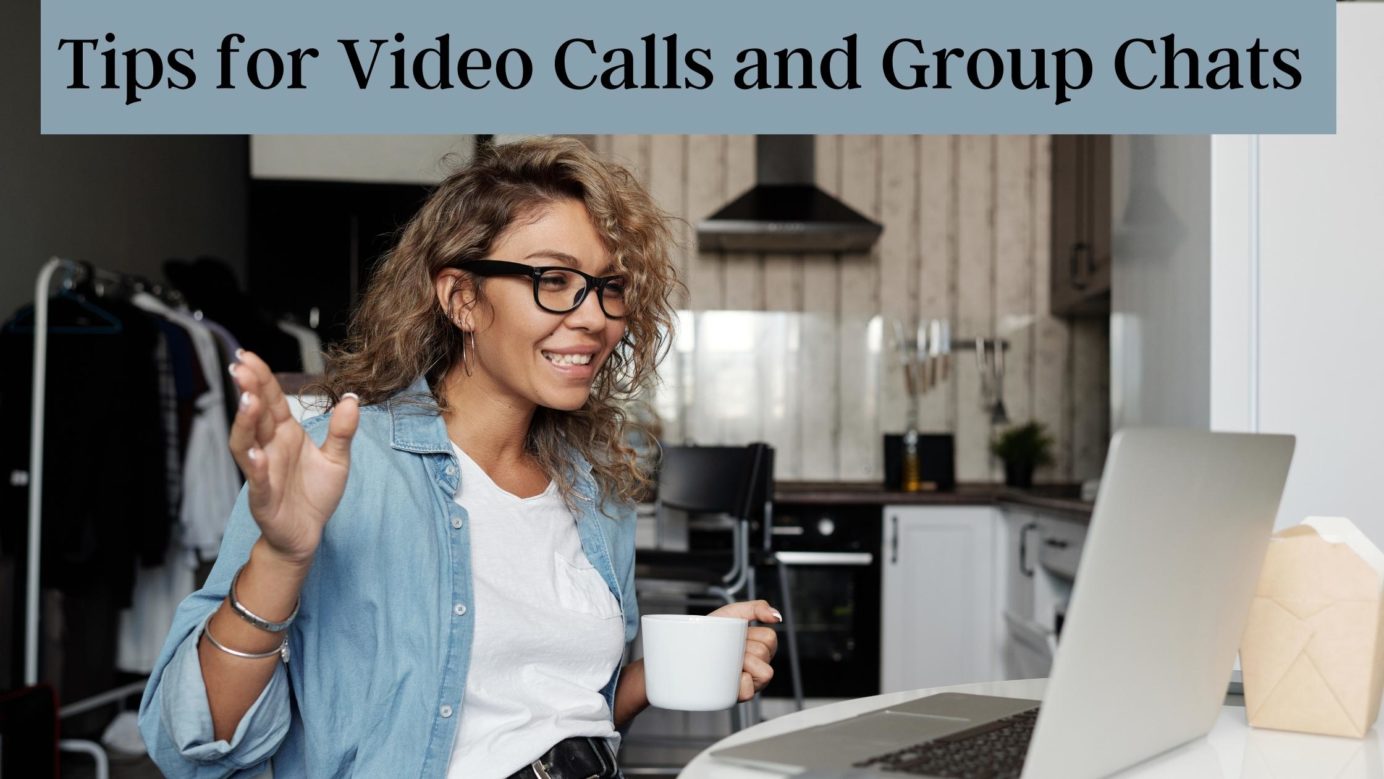- Working with Hearing Loss - May 26, 2023
- Earbud Use Could Harm Your Hearing - May 19, 2023
- Why Pretending to Hear Doesn’t Help - May 2, 2023
Last year saw a remarkable increase in the use of video calls and group chats around the holidays. In 2019, we had no idea what was in store for the ability to gather with family and loved ones, but 2020 brought harsh realities right into our home and hearth. Video calls were a great way to connect when it was not possible to assemble together for parties and family events. This year things are looking somewhat different, but many people will remember how nice it was to include those who are unable to travel and be present in person.
Even if you are having a family gathering around the holidays, you might want to use teleconference technology to bring in the voice of those who are far away. With a computer sitting comfortably nearby, you can all join in the conversation together, even if for a brief time. While this opportunity can help you connect with those who are far away, it is also can be challenging for those who have hearing loss. Many people without hearing loss struggle to hear what others are saying on these platforms, particularly when the connection is spotty.
Hearing loss can make the process of communication even more difficult. Let’s take this opportunity to think about some helpful tips to promote good communication in video calls, particularly for those with hearing loss.
Make a Plan
Before you start your family gathering, make sure you do enough planning to make it easy on all the members involved. Contact everyone and have a conversation about their interest in taking part in the video call before you simply set up a computer. Some people feel uncomfortable, anxious, and put on the spot with these calls, particularly those who have untreated hearing loss. For those who are interested, finding the right location and timeframe are key.
Place the computer in a place where faces are illuminated, as close as possible. Many people with hearing loss use visual cues, such as facial expressions and even mouth movements, to understand what others are saying. Talk with all the members about their interests in the length of time. Some people prefer to keep it short and focused, while others are glad to have a long video call while people move in and out of the camera’s view.
Follow Video Call Etiquette
Over the last year, some new standards have emerged for being polite on video calls, and many of these are helpful for those who have hearing loss. In the first place, if your call includes more than four people or so, it is wise to keep your microphone on mute except while you are talking. With the added background noise from each of these microphones, it can be difficult to make out what people are saying. When you want to talk, try to find a way to seamlessly take turns. Depending on the group, this might happen quite naturally. However, video calls seem to be particularly disposed toward “crosstalk,” when multiple people talk at once. This break in the flow of conversation can be especially hard for those who have hearing loss. If this happens too much, you might want to set the precedent of gesturing, waving, or otherwise signaling that you want to speak.
Include Captioning
Video call technology has improved markedly over the last year, and it is now possible to include live captioning on many platforms. If the platform you are using has this capability, remind all members to update the software before the call begins. For those platforms that do not have built-in captioning, you can use a third-party supplier of a captioning app or simply set up a smartphone with a captioning app below the screen of the computer. Again, planning is the key to success, and make sure you have included anyone in your family with hearing loss in the process of setting up captioning.
Although these tips can go a long way toward helping those in your family with hearing loss, the only durable solution is to seek treatment. Start with a hearing test to get a thorough diagnosis. If hearing aids can help you communicate in person, they can be essential in video calls, as well.

